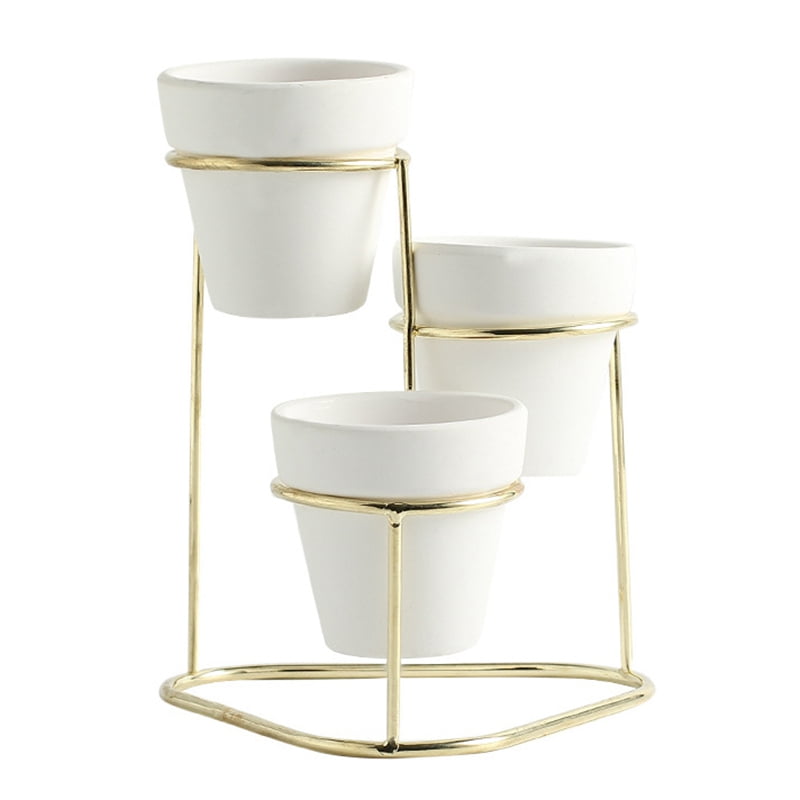
Activated Sludge Units (October 2008)Ĩ35.3260 - Simulation Test – Aerobic Sewage Treatment: B. Group C - Laboratory Biological Transformation Test GuidelinesĨ35.3100 - Aerobic Aquatic Biodegradation (January 1998)Ĩ35.3110 - Ready Biodegradability (January 1998)Ĩ35.3140 - Ready Biodegradability – CO2 in Sealed Vessels (Headspace Test) (November 2008) Ĩ35.3160 - Biodegradability in Sea Water (January 1998)Ĩ35.3170 - Shake Flask Die-Away Test (January 1998)Ĩ35.3180 - Sediment/Water Microcosm Biogradation Test (January 1998)Ĩ35.3190 - Aerobic Mineralization in Surface Water – Simulation Biodegradation Test (October 2008)Ĩ35.3200 - Zahn-Wellens/EMPA Test (January 1998)Ĩ35.3210 - Modified SCAS Test (January 1998)Ĩ35.3215 - Inherent Biodegradability – Concawe Test (October 2008)Ĩ35.3220 - Porous Pot Test (January 1998)Ĩ35.3240 - Simulation Test – Aerobic Sewage Treatment: A. Group B - Laboratory Abiotic Transformation Test GuidelinesĨ35.2130 - Hydrolysis as a Function of pH and Temperature (January 1998)Ĩ35.2210 - Direct Photolysis Rate in Water by Sunlight (January 1998))Ĩ35.2240 - Photodegradation in Water (November 2008)Ĩ35.2310 - Maximum Direct Photolysis Rate in Air from UV/Visible Spectroscopy (January 1998)Ĩ35.2370 - Photodegradation in Air (November 2008)Ĩ35.2410 - Photodegradation in Soil (November 2008) Group A - Laboratory Transport Test GuidelinesĨ35.0001 - Principles and Strategies Related to Biodegradation Testing of Organic Chemicals under the Toxic Substances Control Act (TSCA) (November 2008)Ĩ35.1110 - Activated Sludge Sorption Isotherm (January 1998)Ĩ35.1210 - Soil Thin Layer Chromatography (January 1998)Ĩ35.1220 - Sediment and Soil Adsorption/Desorption Isotherm (January 1998)Ĩ35.1230 - Adsorption/Desorption (Batch Equilibrium) (November 2008)Ĩ35.1240 - Leaching Studies (November 2008)Ĩ35.1410 - Laboratory Volatility (November 2008) For best results, use FolkArt Outdoor, Apple Barrel Acrylics, FolkArt Acrylics, or one of our multi-surface paints when painting terra cotta pots.The final Fate, Transport and Transformation Test Guidelines are generally intended to meet testing requirements for environmental impacts of pesticide products under FIFRA and toxic substances under TSCA.To give the painted design an extra layer of protection, apply a coat of FolkArt Outdoor Sealer after 48 hours when the paint has completely cured.

If intending to use the painted flower pot outside, opt for FolkArt Outdoor Sealer, available as a brush-on sealer in three finishes: Matte, Satin, and Gloss the polyurethane-based sealer provides the maximum durability for outdoor projects.Not only does sealing your flower pot prevent blistering of your decorated design on the outside of the pot, it also helps the interior of the flower pot keep the soil moist.

Unglazed or unsealed terra cotta will draw moisture away from the plant and soil, keeping the pot moist, which in turn may affect the external decoration by causing the paint to blister.

#PORUS POT HOW TO#
How to Prepare a Terra Cotta Clay Flower Pot for Painting Follow by sealing your terra cotta pot before decorating.

How to Prepare a Terra Cotta Clay Flower Pot for Painting Projects


 0 kommentar(er)
0 kommentar(er)
